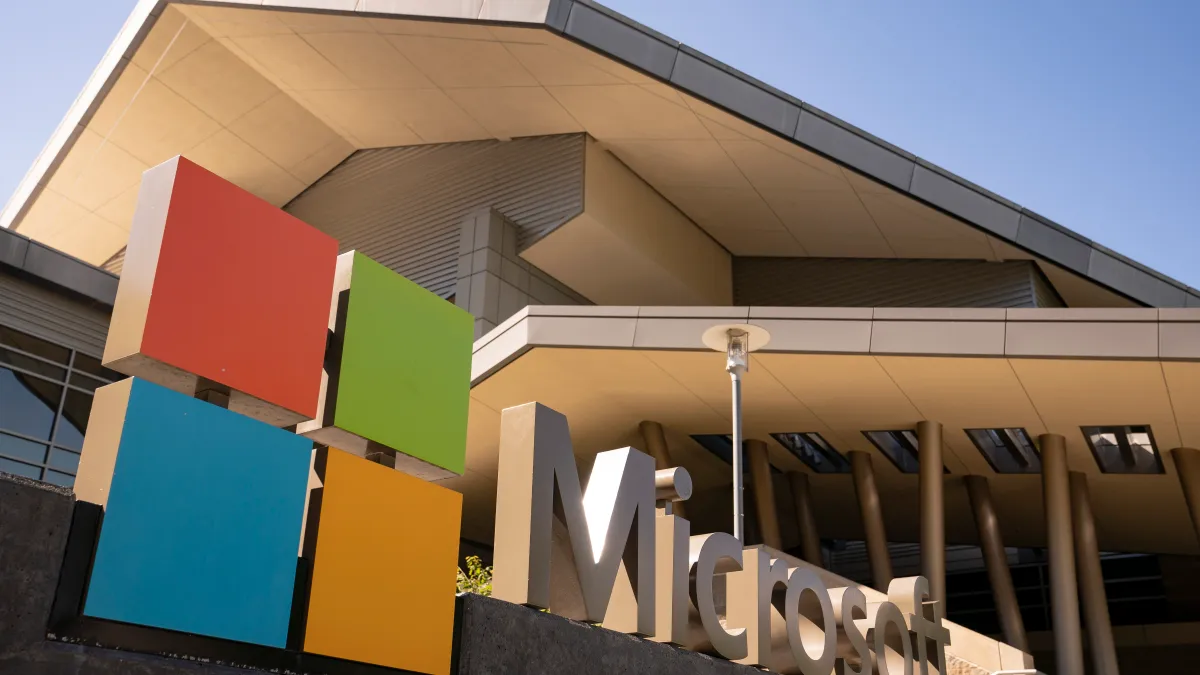Online grocery delivery broke new ground during the COVID-19 pandemic, and delivery platform Instacart is looking to sustain that momentum as consumers return to in-person shopping.
After a relatively impressive third-quarter earnings report, the first such disclosure since the company went public in September, Instacart is now focusing on improving the efficiency of operations by growing transaction volume for longtime customers and enabling more orders to be processed concurrently.
Founded in 2012, Instacart, also known as Maplebear Inc., is an app and web-based grocery platform. The platform’s personal shoppers collect and deliver orders to customers’ homes from 1,400 participating retailers. More than 85% of the U.S. grocery market partners with Instacart, according to the company.
Instacart is focused on “making sure that we acquire new customers, which we're doing a good job of, retaining them [and] resurrecting customers that have tried us in the past that have gone back to the store post-COVID,” CFO Nick Giovanni said at the Barclays Global Technology Conference on Thursday.
The company has 8 million paying customers, according to panel moderator and Barclays analyst Ross Sandler. Instacart generates revenue from transactions — primarily from fees paid on each order by retailers and customers — as well as advertising. Instacart reportedly has taken a cut of 5% to 6% of orders over the last three years.
In the company’s third-quarter earnings report, Instacart recorded $764 million in revenue, up 14% year-over-year, and a 6% increase in gross transaction volume at $7.5 billion. Its net loss of $2 billion was mainly due to the nearly $2.6 billion in stock-based compensation expense, which increased during its initial public offering, the company said.
A key challenge to achieving its growth ambitions is retaining the business of “mature cohort” customers, or those who joined the platform in 2021 or earlier. Gross transaction volume for mature cohort customers declined between 2022 and 2023, which Giovanni said was a headwind for growth.
“What we're seeing in 2023, is that the mature cohort shrank in Q1. It was the first comparison of a sort of no COVID period back to the Omicron wave that was happening a year before,” he said, noting that the rate of decline improved in the second and third quarters of this year.
“We really need to focus on making sure that we re-engage, resurrect users from those mature cohorts in order to structurally change the math,” he noted.
Another key headwind the CFO highlighted was the reduced transaction volume for customers using SNAP benefits, after pandemic-era emergency benefits were cut by 30% in the first quarter of this year.
More orders, less shopper trips
During the company’s third-quarter earnings call, Giovanni partly attributed the company’s increase in transaction volume to efficiency improvements, which continue to be critical drivers to improving its margins. A key tactic to achieve efficiency is increasing shoppers’ ability to batch orders, or carry out multiple shopper requests at the same time.
“The key driver of efficiency and cost to serve is not the number of shoppers that we have or the number of consumers that we have — it's the number of big basket orders that we have happening in the same store at the same time,” he said. The advantage of batching, he added, means the shopper can line up and pay just once for multiple orders, and make multiple deliveries on their route.
The result is a bigger revenue opportunity for shoppers through tips, a bigger “batch fee,” and for the company, a lower cost to fulfill orders.
The effects of inflation
Instacart is considered a market leader in the grocery delivery space, but could still face pressure from competitors Uber and DoorDash, which have large networks and are growing market share, a November report from Morningstar noted.
Food inflation has been a mixed blessing for Instacart. Average basket value, Giovanni said, was valued prior to the COVID-19 pandemic at around $105. That amount shot up to $130 during the pandemic, before falling around 18% as pandemic restrictions eased. With food inflation, however, average basket value ticked up to around $113, Giovanni noted.
Food inflation “has sort of a direct, positive short-term impact on our businesses as basket sizes go up because we earn fees based on the baskets that we sell, and it's easier to fulfill orders that have fewer items,” he said. “It also has this indirect pressure… the number one thing that consumers in North America think, when they think about groceries over the last couple years, is they're too expensive.”
Inflation decreasing or going away might cause basket sizes to shrink, or stay flat, which would not be good for Instacart’s gross transaction volume, but over the long term, he said, it could encourage consumers to transact more due to lower prices.
“Indirectly it would make consumers' perceptions of affordability improved, and it could be a positive thing for online grocery adoption over time,” he said.



















